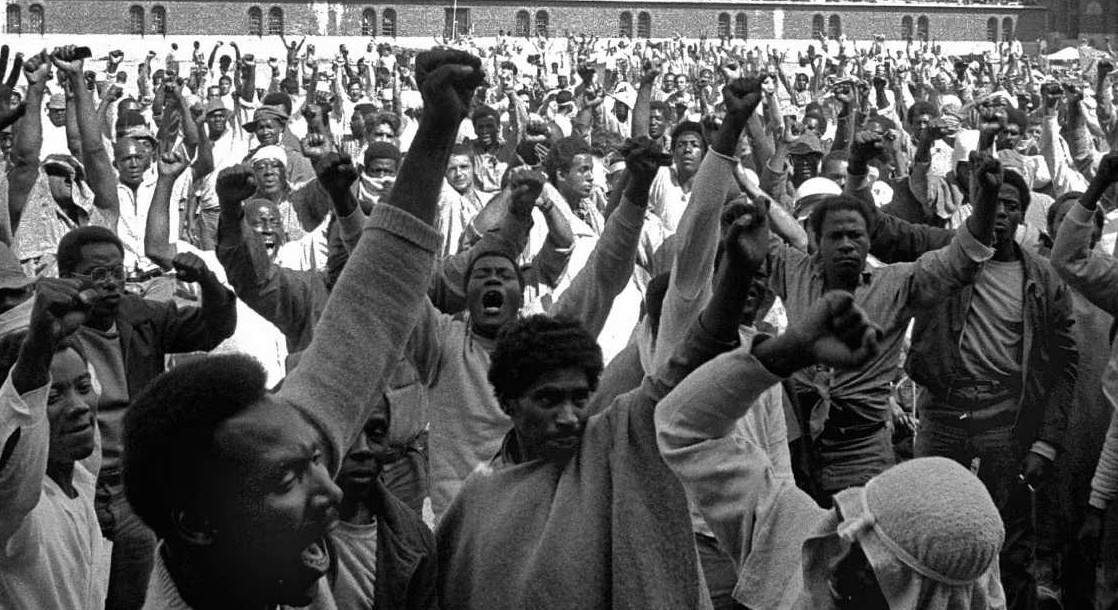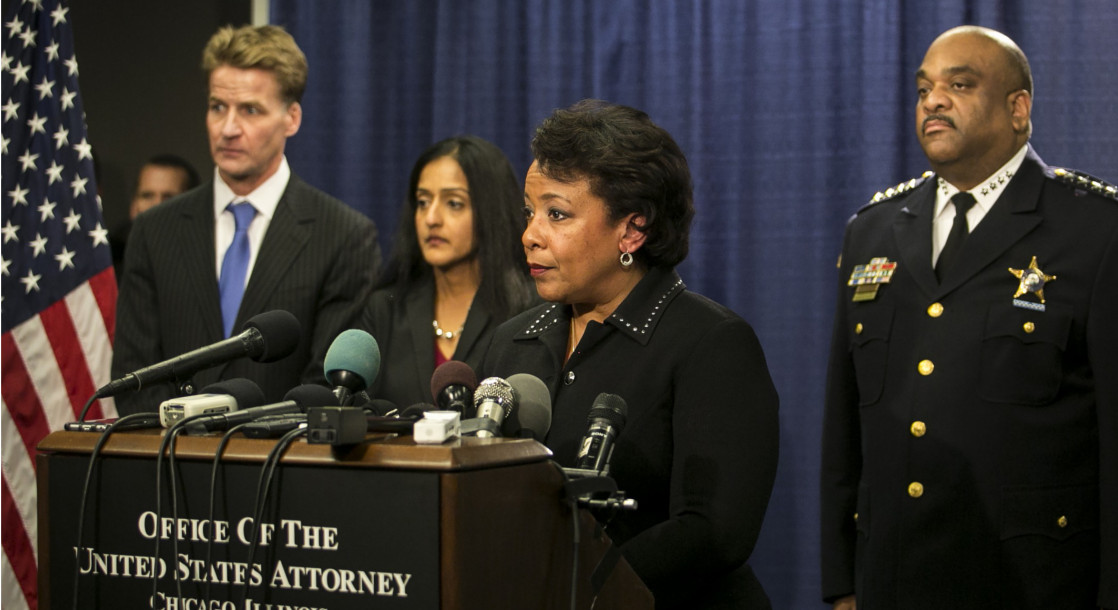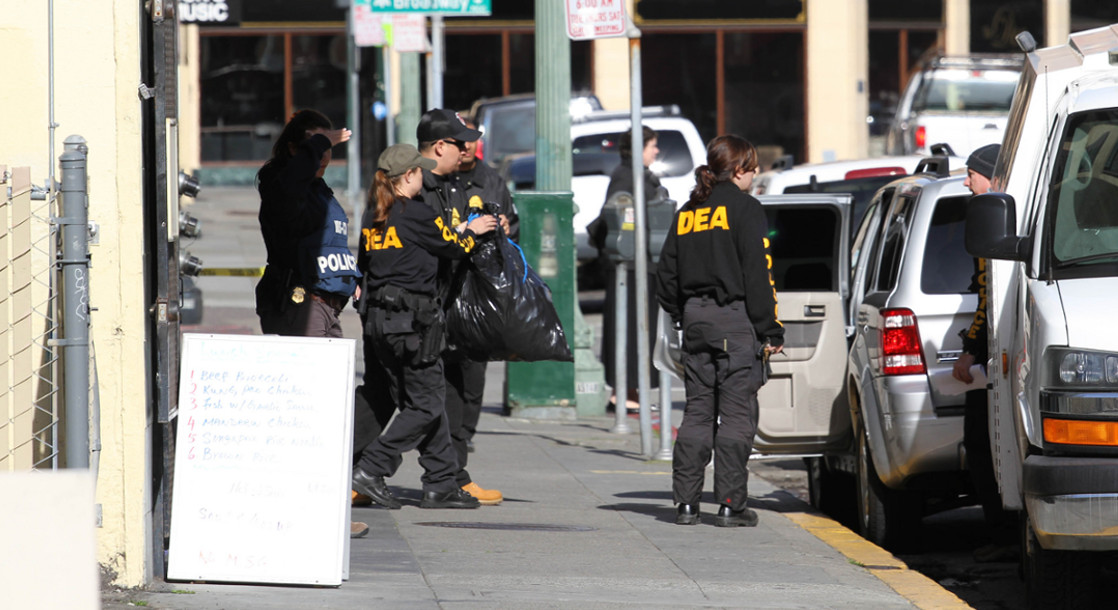Inmates in U.S. prisons have organized work stoppages and hunger strikes to protest abuse by prison guards, overcrowding, poor healthcare, and forced prison labor. The strikes have been coordinated between at least 20,000 prisoners in 23 states, making the protest one of the largest in modern history. Inmate protests have been confirmed in California, Alabama, Michigan, South Carolina and Florida. Activists have reported that strikes also occurred in Virginia, Ohio, and Texas, but officials in these states have denied these claims.
The strikes began on September 9th, the 45th anniversary of the deadliest prison uprising in modern U.S. history, the Attica Prison riot. Protest leaders in different prisons used contraband smartphones to organize work stoppages and coordinate with others via social media. Individual prison strikes and protests have occurred in North Carolina, Washington, Georgia, Illinois, and Virginia in 2010, and in California in 2013, but the current protest is unique in that inmates from multiple prisons are coordinating their protests at the same time.
One of the primary issues of the protests is the practice of making inmates work for little or no pay. Although some inmates still maintain the prisons or make license plates, the majority of prison labor is for the benefit of private enterprises. In 2014, Florida “inmates performed almost 5.4 million hours of work in our communities, valued at more than $76 million,” according to the Florida Department of Corrections.
"This is slavery," said David Bonner, an Alabama inmate doing life for murder. "We're forced to work these jobs and we get barely anything.” Carlos Sanders, a death row inmate in Ohio, said, “the prison system right now is just a big old business. We've tried hunger strikes and filing grievances with courts. But since super-economic exploitation is what keeps these prisons alive, we decided a labor strike is the way to go.”
This month, the Department of Justice announced that they were launching a civil rights investigation into whether inmates in Alabama prisons “are adequately protected from physical harm and sexual abuse at the hands of other prisoners” and “from use of excessive force and staff sexual abuse by correctional officers.” This investigation brings hope to activists and inmates that reform could be possible. “I’ve been doing this work for four years, and we've never gotten this kind of attention to prisoners’ rights,” activist Azzurra Crispino said. “There's a momentum.”











